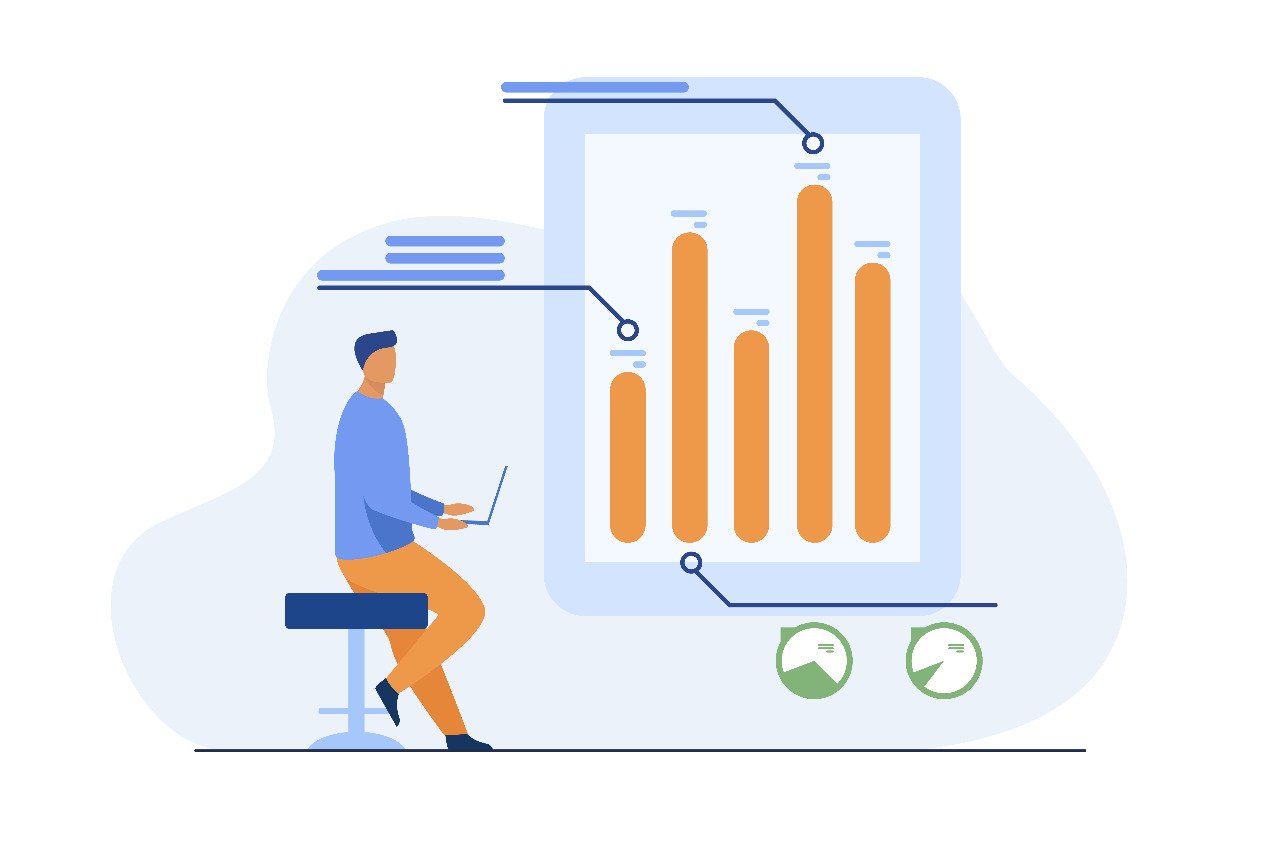Remarketing lists first came into vogue in 2012 when it was introduced for search ads (RLSA) into beta. Then, Google allowed advertisers to use them to target search campaigns based on past customer interactions. Later, such targeting could be used to adjust bids, ad copy, landing pages, and even for excluding ads from displaying for certain groups of searchers.
Some years later, Google launched ‘Customer Match Audiences’. This facility allowed advertisers to load email lists into Adwords to call on those audiences in paid search targeting. This is much the same way how RLSA audiences are used.
The reach of these audiences over the years grew with Google updates. This in turn increased advertiser adoption. Additionally, deployment of these targets also gained importance.
WHAT’S REMARKETING AUDIENCE?
It is referred to as a list of cookies or mobile-advertising IDs representing a group of users’ likely to convert to customers’ that your business is looking to re-engage with.
To make this aspect a reality, remarketing audiences are created. This is done based on user-behavior on your website or app. Once that’s done, such audiences are used in your ad accounts like Google Ads or Display & Video 360, as a basis for remarketing campaigns.
CRITERIA FOR REMARKETING AUDIENCE
A remarketing audience must comprise of a minimum of 100 unique cookies. This is essential for the GDN (Google Display Network) to serve ads to the audience. Similarly, remarketing lists for search ads must include a minimum of 1000 unique cookies.
The minimum cookie requirements are identical for Google Analytics tracking pixels and Google Ads.
DEFINITION OF REMARKETING AUDIENCES
Remarketing audiences that can be defined by default include users’ who
- Have visited a specific page on a website.
- Played a video on a website.
- Speak a specific language.
- Searched for a product on Google search.
Remarketing audiences that cannot be defined by default include
- Event, Category, Action, Label.
- Category, Action, Label, Unique Events.
- Category, Action, Label, Value.
- Category, Action, Label, Total Events.
Events refer to user-interactions with content that can be tracked from a web page or a screen load, independently. An Event comprises of following components – Category, Action, Label (optional but recommended), & Value (optional). Similarly, an Event Hit includes a value for each component, following which these values are displayed in reports.
HOW REMARKETING AUDIENCES ARE CREATED & USED?
To create a remarketing audience,
- Audience criteria must first be specified.
- Advertising accounts must next be identified. This must be done on those accounts in which your business wants to use the audience.
For specifying the audience criteria, you should
- Select your choice from preconfigured audience definitions.
- Create a new audience definition.
- Import a segment.
- Save the audience.
Once saved properly, audience will become available in your advertising accounts. This can be used later in remarketing campaigns managed by you.
REMARKETING AUDIENCE CREATION IN GOOGLE ANALYTICS 4?
Audiences including visitors of your websites, in Google Analytics 4 can be defined by different relevant events.
Targeting is usually done on visitors
- To your flow who did not submit their contact details but had visited the flow.
- Who have already submitted their contact details; additionally they have also become leads but do not receive any recurring advertisements.
As earlier said, remarketing audiences can also be used in Google Ads, & Display & Video 360.
While Google Ads integration is available to all Analytics accounts, Display & Video 360 integration is available only to Google Analytics 360 accounts.
HOW AUDIENCE CAN BE PUBLISHED?
An audience can be published
- To up to 10 advertising accounts or at once (e.g., Google Ads Serving Accounts, Google Ads Manager, Display & Video 360). While a Google Ads Manager Account counts as 1 of 10; the audience will be available to all child accounts of that Manager Account.
- To an unlimited number of non-advertising accounts like Optimize or Analytics.
- To a maximum of 50 audiences to a single Analytics account.
Finally, you need to add at least one of your Ad Groups for using an Audience in Google Ads.




